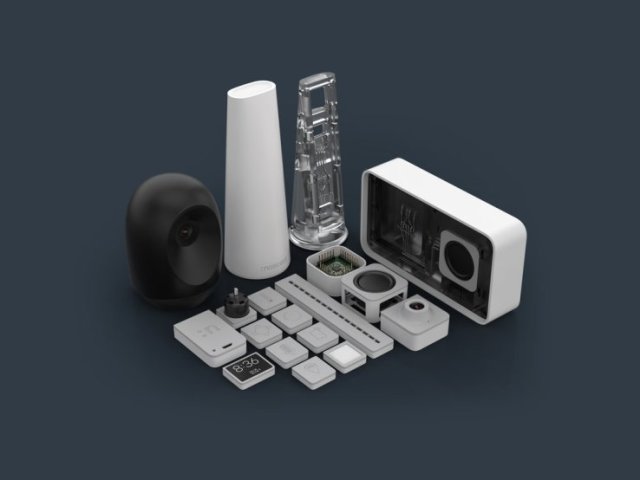
Last week the world’s largest social media company bought a small startup with a unique offering: 3D-printed, modular electronics.
So, why’d Facebook go and acquire Nascent Objects?
Nascent Objects started out supplying rapid prototyping services for companies wishing to test their hardware products before going into mass production. By January 2016, the firm changed its business model slightly by actually demonstrating what they were capable of, releasing a series of modular electronics made with these same rapid prototyping capabilities.
On Indiegogo, Nascent Objects showed off three devices, a water consumption monitor, a security camera and a Wi-Fi speaker. All three featured 3D-printed shells with built-in conductive traces, as well as components that could be removed and swapped out in order to build one of the other products. Grab the main computer module and powerpack from the security camera, move it over to the speaker and it’s possible to start blasting music on the go.
The modularity of these devices hinted at a future in which one’s hardware products might never become obsolete, because rather than throw out entire objects, one could simply upgrade a module and use the old one with something else.
At the same time, Nascent Objects aimed to target startups and designers that lacked the resources to prototype such complex projects. Using these items as inspiration, small businesses could work with Nascent Objects to produce their designs before going to mass manufacturing. At the same time, Nascent Objects had developed a unique software platform for designing modular components.
Read more at ENGINEERING.com

